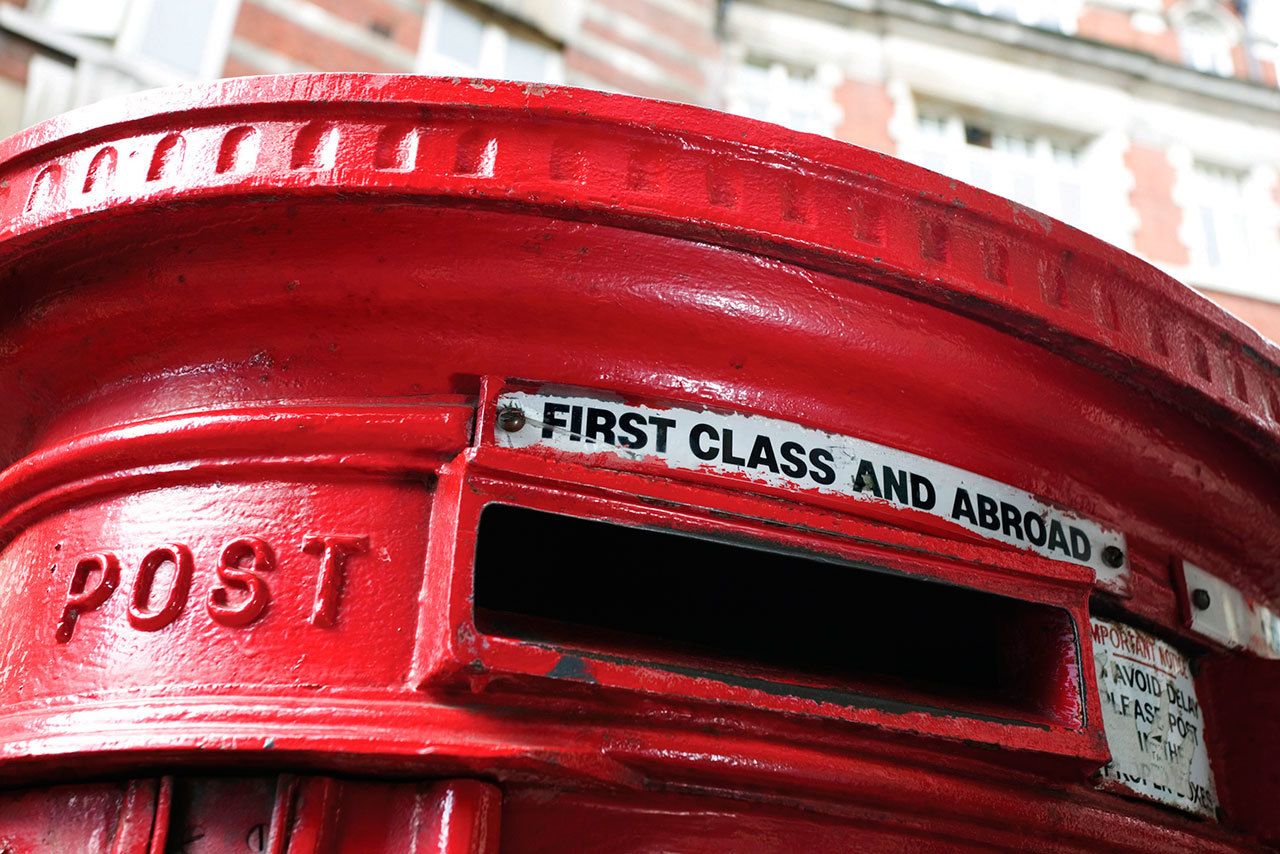Some have been pleading for unity recently. That does not equate to no protest. Protests demonstrate that the citizenry understands the Constitution. It does not demand uniformity. The recent Women’s March in Seattle is a not only a show of opposition to the rising political order in keeping with the First Amendment, it demonstrates that citizenry understands what the founders meant by representation.
There is a myth in the U.S. that the people rule. Not so. The founders adamantly opposed direct democracy. It’s the reason for the president, Congress and elections mediated by the Electoral College. The reality is that once the votes are counted, the winner has the power to govern without the permission of the people. The most the citizenry can do is appeal to their representatives in Congress. That makes protesting appropriate. We can criticize, judge, praise and vent. It’s our premier American value and entitlement. Without it, the president and Congress go unchecked. The founders did not want that.
Let us avoid confusing unity with uniformity. The calls for unity have really been calls for uniformity. Their purpose is to silence protesters and reverse boycotters such as John Lewis. Uniformity means elected representatives escape criticism while voters politely remain silent. That reduces the citizenry to an annoyance and renders them unworthy of attention.
Unity is possible without uniformity. Protesters are united, but they are protesting Donald Trump’s presidency and his cabinet choices. Trump supporters have the right to praise him. Our election system allows for searing analysis, healthy dialogue and judgment. It preserves the Constitution and the citizenry’s role in it.
We are in a peculiar situation. President Trump has signaled he doesn’t care what we think. He doesn’t listen and prefers insulting Twitter users. Our system demands more. Protesting is our duty.
Cyril Baumgartner
Mercer Island



